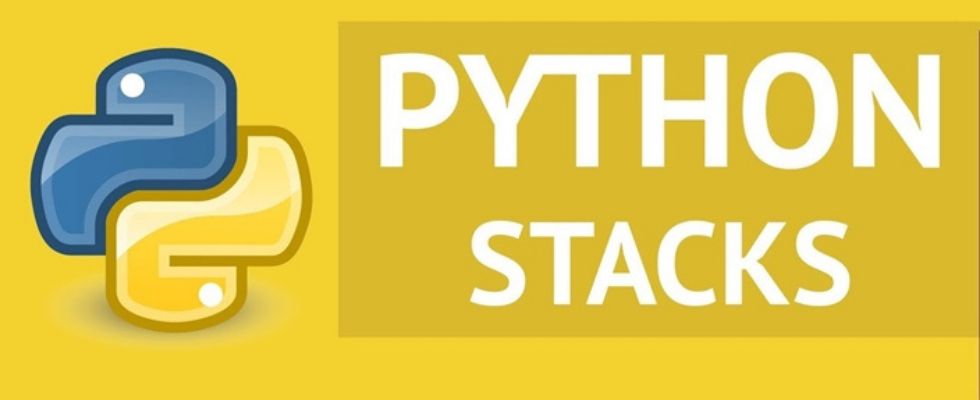
Download our e-book of Introduction To Python
Related Blog
Matplotlib - Subplot2grid() FunctionDiscuss Microsoft Cognitive ToolkitMatplotlib - Working with ImagesMatplotlib - PyLab moduleMatplotlib - Working With TextMatplotlib - Setting Ticks and Tick LabelsCNTK - Creating First Neural NetworkMatplotlib - MultiplotsMatplotlib - Quiver PlotPython - Chunks and Chinks View More
Top Discussion
How can I write Python code to change a date string from "mm/dd/yy hh: mm" format to "YYYY-MM-DD HH: mm" format? Which sorting technique is used by sort() and sorted() functions of python? How to use Enum in python? Can you please help me with this error? I was just selecting some random columns from the diabetes dataset of sklearn. Decision tree is a classification algo...How can it be applied to load diabetes dataset which has DV continuous Objects in Python are mutable or immutable? How can unclassified data in a dataset be effectively managed when utilizing a decision tree-based classification model in Python? How to leave/exit/deactivate a Python virtualenvironment Join Discussion
Top Courses
Webinars
Python - Stacks

Neha Kumawat
2 years ago

Table of Contents
- Introduction
- PUSH into a Stack
- POP from a Stack
Introduction
In the English dictionary, the word stack means arranging objects on over another. It is the same way memory is allocated in this data structure. It stores the data elements
in a similar fashion as a bunch of plates are stored one above another in the kitchen. So stack data structure allows operations at one end which can be called the top of the stack.
We can add elements or remove elements only form this en of the stack.
In a stack, the element inserted last in sequence will come out first as we can remove only from the top of the stack. Such a feature is known as
Last in First Out(LIFO) feature. The operations of adding and removing the elements are known as PUSH and POP. In the following program, we implement it as add and remove functions. We declare an empty list and use the append() and pop() methods to add and remove the data elements.
PUSH into a Stack
class Stack:
def __init__(self):
self.stack = []
def add(self, dataval):
# Use list append method to add element
if dataval not in self.stack:
self.stack.append(dataval)
return true
else:
return false
# Use peek to look at the top of the stack
def peek(self):
return self.stack[-1]
AStack = Stack()
AStack.add("Mon")
AStack.add("Tue")
AStack.peek()
print(AStack.peek())
AStack.add("Wed")
AStack.add("Thu")
print(AStack.peek())
When the above code is executed, it produces the following result:
Tue
ThuPOP from a Stack
As we know we can remove only the topmost data element from the stack, we implement a python program that does that. The remove function in the following program returns the topmost
element. we check the top element by calculating the size of the stack first and then use the in-built pop() method to find out the topmost element.
class Stack:
def __init__(self):
self.stack = []
def add(self, dataval):
# Use list append method to add element
if dataval not in self.stack:
self.stack.append(dataval)
return true
else:
return false
# Use list pop method to remove element
def remove(self):
if len(self.stack) <= 0:
return ("No element in the Stack")
else:
return self.stack.pop()
AStack = Stack()
AStack.add("Mon")
AStack.add("Tue")
AStack.add("Wed")
AStack.add("Thu")
print(AStack.remove())
print(AStack.remove())
When the above code is executed, it produces the following result:
Thu
WedI hope you enjoyed reading this article and finally, you came
to know about Python - Stack.
For more such blogs/courses on data science, machine
learning, artificial intelligence and emerging new technologies do visit us at InsideAIML.
Thanks for reading…
Happy Learning…
